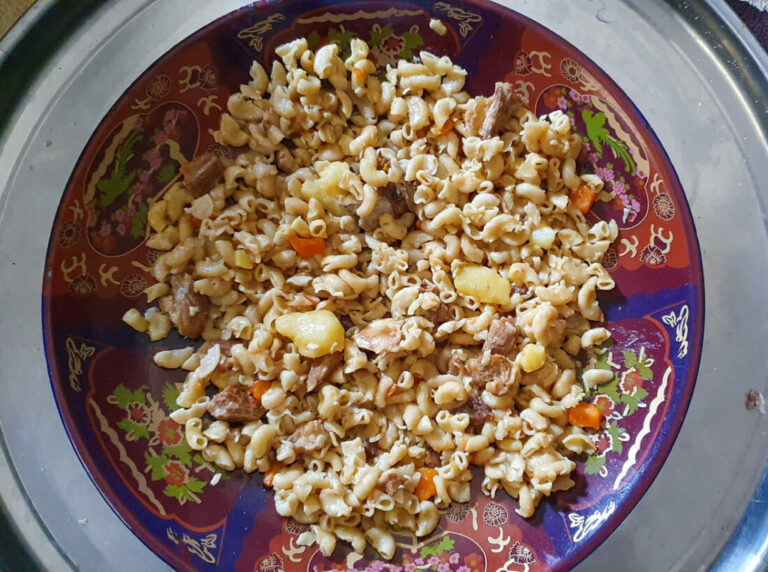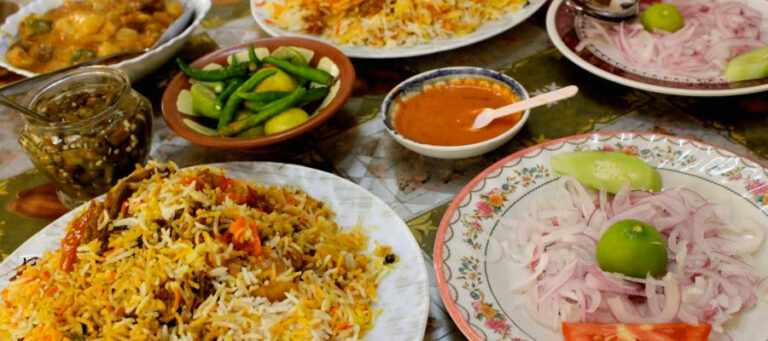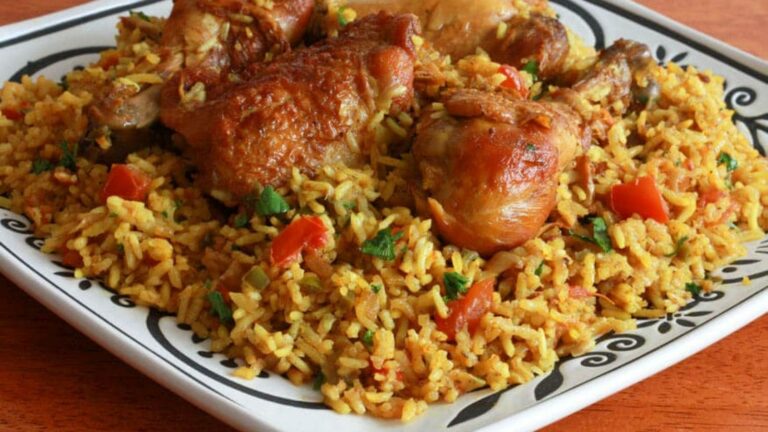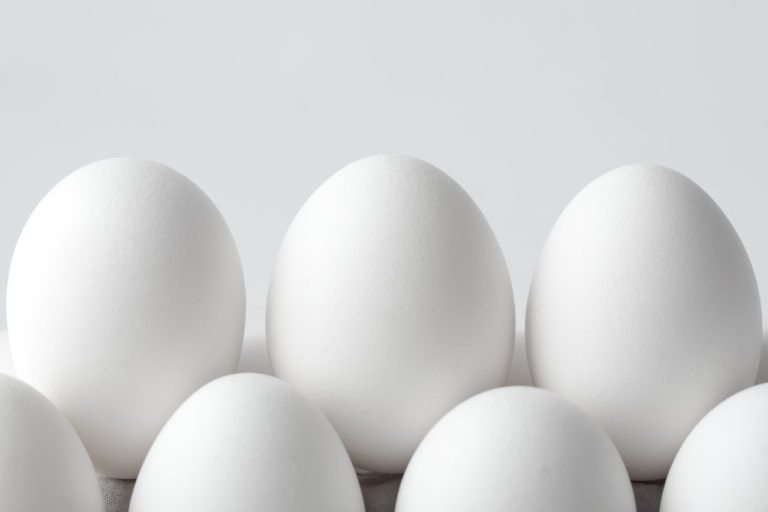Introduction: What is Mauritanian cuisine?
Mauritanian cuisine is a blend of North African, West African, and Arab influences, with a rich mix of spices and herbs. The cuisine is characterized by its simplicity, with most dishes being prepared with minimal ingredients and cooked over an open flame. One of the most notable aspects of Mauritanian cuisine is its use of dates, which are often seen as a symbol of hospitality and are a staple in most households in the country.
History of dates in Mauritanian culture
Dates have been a part of Mauritanian culture for centuries and are mentioned in many Islamic texts. The trees were first introduced to the country by the Arab traders who brought them along the caravan routes from the Middle East. Dates played a significant role in the lives of the nomadic tribes who roamed the Sahara, providing them with a source of sustenance during long journeys across the desert. Even today, dates remain an essential part of the Mauritanian diet and are widely used in cooking and as a sweet snack.
Common recipes featuring dates in Mauritanian cuisine
Dates are used in a variety of dishes in Mauritanian cuisine. One of the most popular recipes is Taguella, a type of flatbread made with millet flour and water. The bread is traditionally baked over hot coals and served with dates and butter. Another popular recipe is Couscous, a dish made with steamed semolina grains, vegetables, and meat. Dates are often used as a sweet garnish to balance the spiciness of the dish. Additionally, dates are also used in traditional Mauritanian desserts, such as Halawet El Jibn (sweet cheese rolls) and Asida (a sweet pudding made with flour and butter).
Nutritional value of dates in Mauritanian diet
Dates are a rich source of essential nutrients that are vital for a healthy diet. They are a good source of dietary fiber, potassium, iron, and vitamin B6. Dates are also high in antioxidants, which help to protect the body against free radicals and reduce the risk of chronic diseases. Given the scarcity of fresh produce in Mauritania, dates are an important source of nutrients for many Mauritanians, particularly those living in rural areas.
Seasonal availability and regional differences
Dates are available in Mauritania throughout the year, although they are most abundant during the harvest season, which runs from September to November. The dates grown in Mauritania are primarily of the Deglet Nour variety, which is known for its soft texture and sweet taste. There are also regional differences in the way dates are prepared and consumed in Mauritania, with some areas preferring to eat them fresh, while others choose to dry or stew them.
Conclusion: Importance of dates in Mauritanian cuisine
In conclusion, dates are an integral part of Mauritanian cuisine and culture. They are used in a variety of dishes and desserts, providing both flavor and nutritional value. With their high nutrient content and delicious taste, dates continue to be a beloved ingredient in Mauritanian households to this day.















